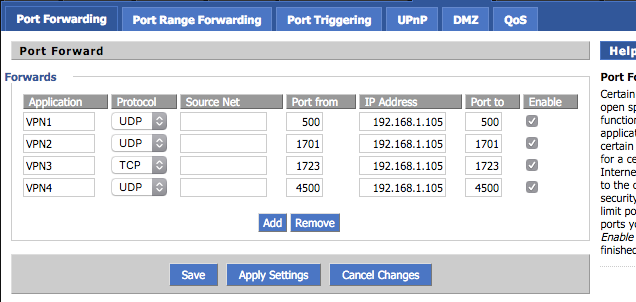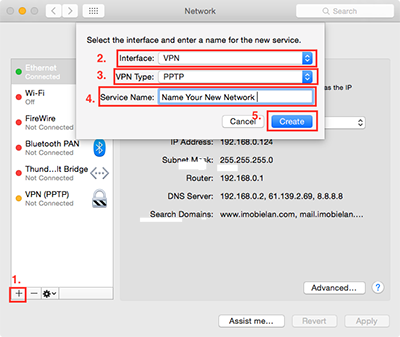

So, if you’ve been holding off upgrading to Mojave because of the lack of a VPN server, I can report that VPN Enabler does the trick.


It took me less than 10 minutes to get up and running with VPN Enabler (and a solid few minutes of that was testing to make sure it still works even when the software isn’t open on the mini, which naturally, it does), and it’s working seamlessly. Additionally, it will generate a mobile configuration profile that you can use to automatically set up VPN access on your iOS devices with just a couple taps. I purchased VPN Enabler, set it up, and I would argue that it’s even easier than Apple’s own tools: besides fitting everything in one compact window, VPN Enabler will even suggest appropriate IP addresses so you don’t have to worry about figuring out what portions of your LAN are available. Via Twitter, Andrew Flemming pointed me to Bernard Teo’s VPN Enabler for Mojave, a $15 software package that–as its name suggests–provides a simple front-end for configuring a VPN server on Mojave.
#Mac os x server vpn how to
I could have just dug into the command line and figured out how to restore it, but it turns out that hard work has already been done for me. The underlying code for running the VPN server is still present in macOS–there’s just no UI for configuring it. As you may recall, the VPN server was previously available as part of macOS Server, but was removed by Apple–along with several other features– in that software package’s Mojave-compatible update.īut, as it turns out, all is not lost.
#Mac os x server vpn mac os x
1 While the update has been mostly positive, one of the features I was sad to lose was the ability to configure my own VPN server. In Mac OS X running the VPN client, you can review the state of the pppd process to verify that you are receiving the correct parameters from the server. Add the connection details, split tunneling, custom VPN settings with the identifier, key and value pairs, proxy settings with a configuration script, IP or FQDN address, and TCP port in Microsoft Intune on devices running macOS. Under VPN Host Name, enter either your static IP address or dynamic hostname depending on the method you used when finding out your IP address. Add or create a virtual private network (VPN) configuration profile in Microsoft Intune. I recently updated my Mac mini server to macOS Mojave after a long and troublesome ordeal. Launch the Server app from your applications. Restoring Mojave’s “missing” VPN server with VPN Enabler


 0 kommentar(er)
0 kommentar(er)
